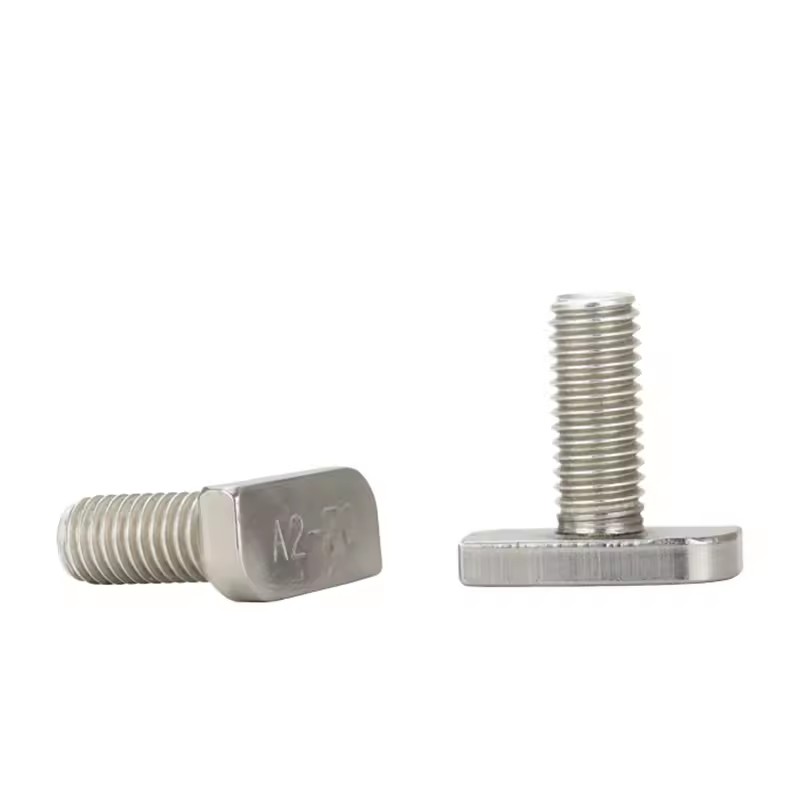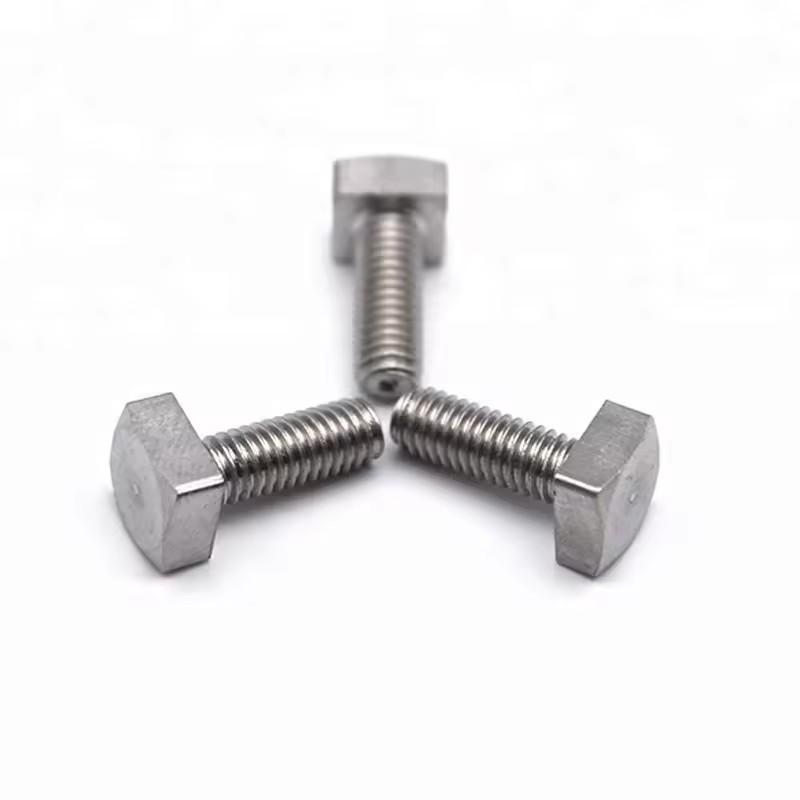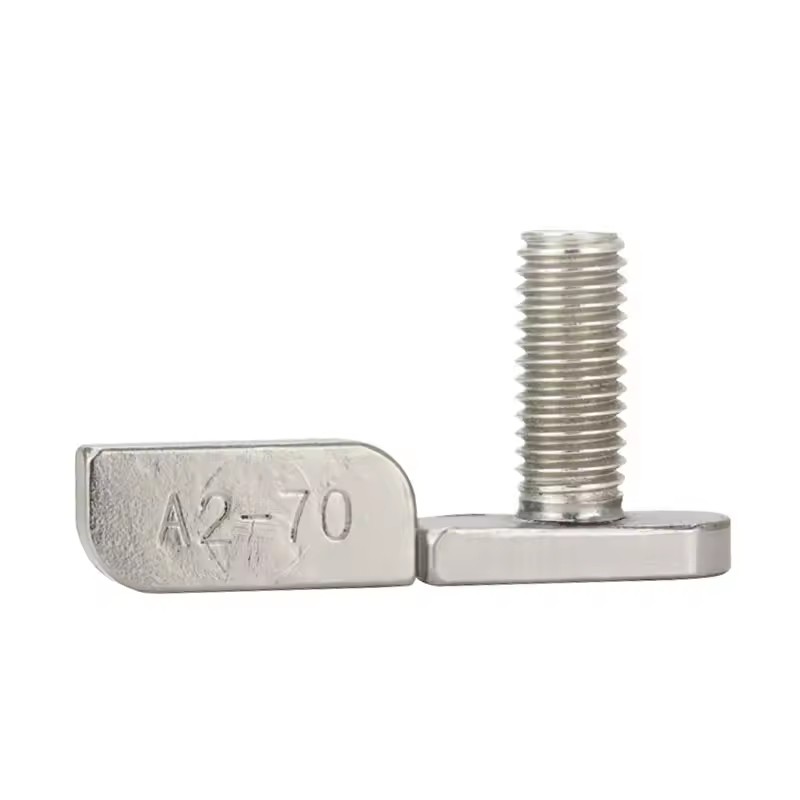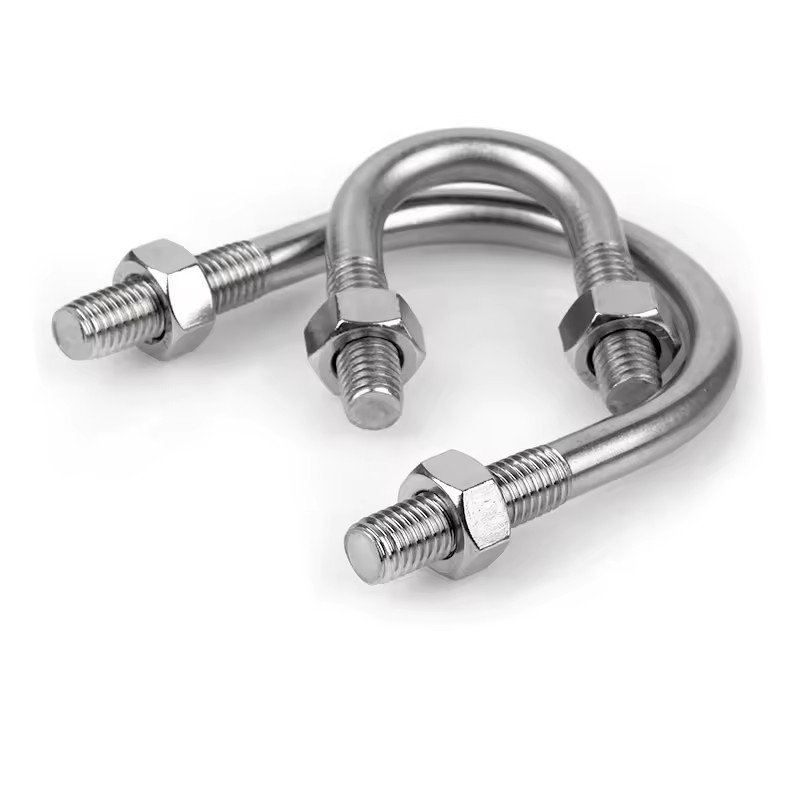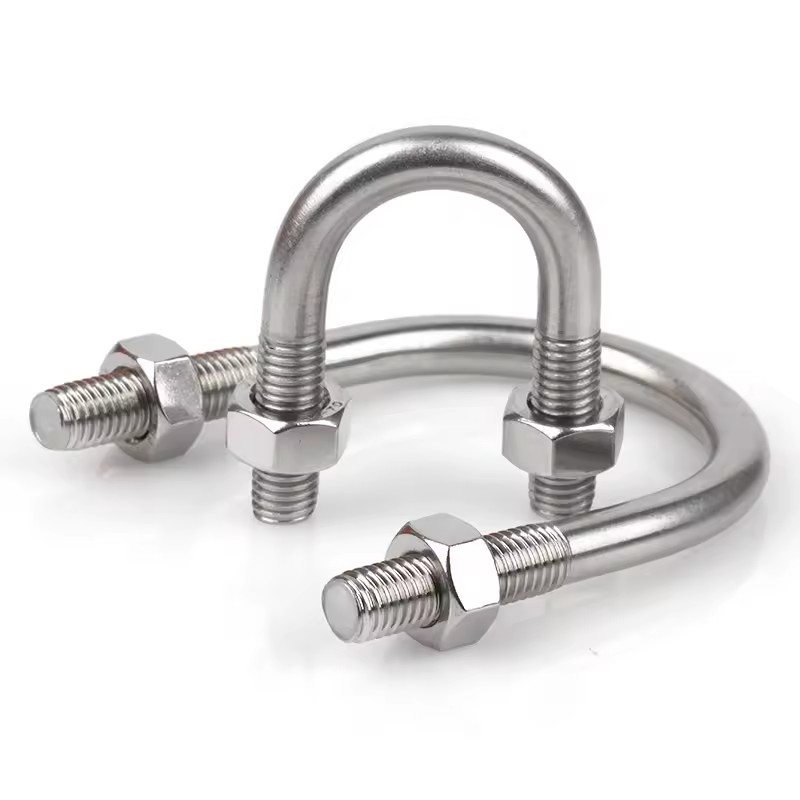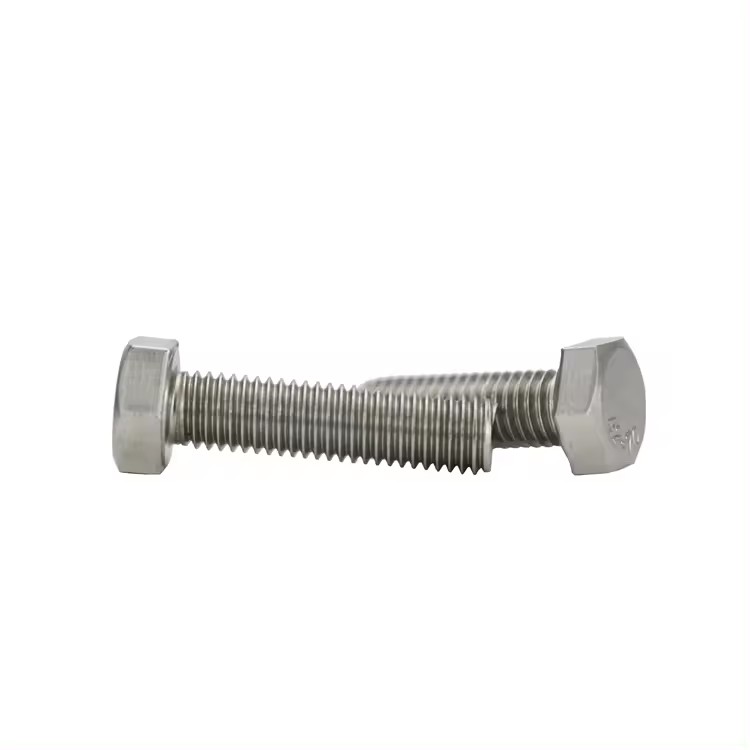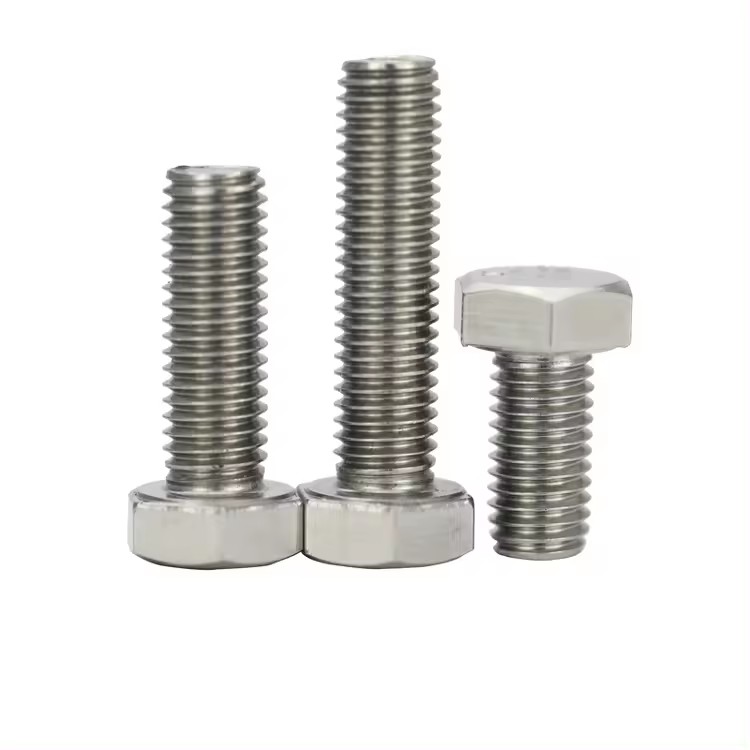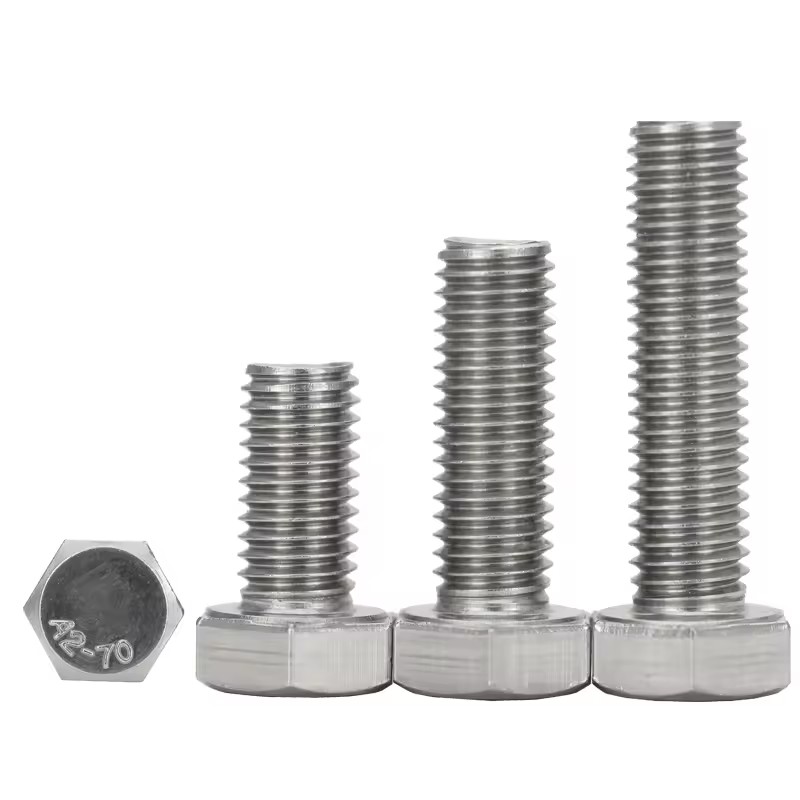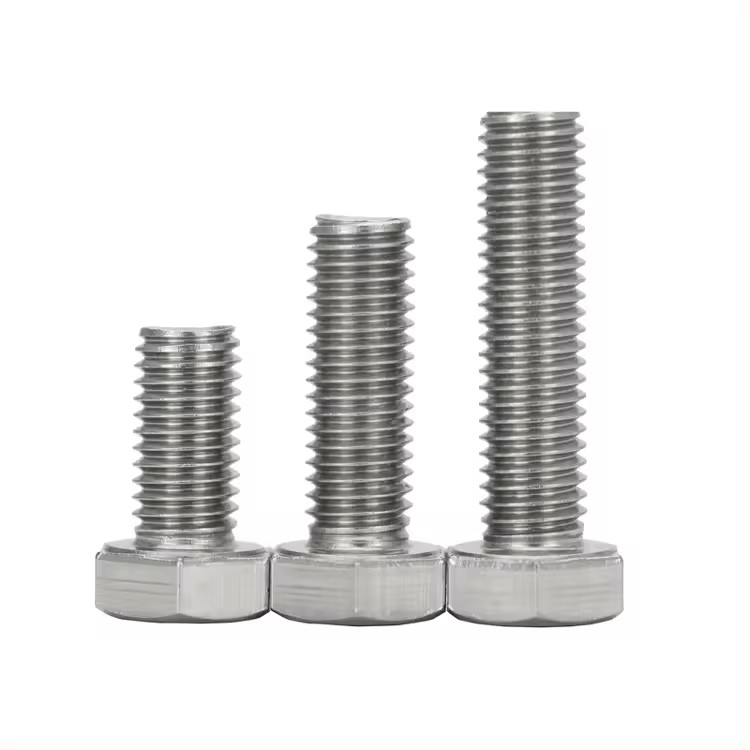Stainless steel thumb screws are a specialized type of fastener that combines the functionality of a screw with the convenience of a thumb-operated mechanism. These screws are designed to be easily tightened or loosened by hand, without the need for additional tools. The use of stainless steel in their construction provides several advantages, making them a popular choice in a wide range of applications.
What are Stainless Steel Thumb Screws?
Stainless steel thumb screws are mechanical fasteners characterized by a knurled or textured head, which allows for a firm grip when turning. The knurling can be in various patterns, such as straight, diamond, or cross-hatched, all of which enhance the user's ability to apply torque. The body of the screw features a threaded shaft, similar to regular screws, which engages with a corresponding threaded hole or nut.
Design Features
Knurled Head: The knurled head is the most distinctive feature of thumb screws. It provides a non-slip surface, enabling users to easily turn the screw by hand. This design makes them ideal for applications where quick adjustments or frequent disassembly are required.
Threaded Shaft: The threaded shaft of the thumb screw is responsible for creating a secure connection. The pitch and diameter of the threads are designed to match the requirements of the application, ensuring proper engagement and holding power.
Materials Used
Stainless steel is the primary material for thumb screws due to its exceptional properties. Different grades of stainless steel are available, each offering unique characteristics.
Austenitic Stainless Steel
Austenitic stainless steels, such as 304 and 316, are widely used. Grade 304 offers good corrosion resistance and is suitable for general-purpose applications. Grade 316, on the other hand, contains molybdenum, which enhances its resistance to chloride corrosion. This makes it an excellent choice for applications in marine environments or where exposure to chemicals is likely.
Ferritic Stainless Steel
Ferritic stainless steels are known for their magnetic properties and relatively lower cost. They offer moderate corrosion resistance and are often used in applications where strength and magnetic characteristics are important, such as in some electrical and automotive components.
Martensitic Stainless Steel
Martensitic stainless steels can be heat-treated to achieve high strength. They are suitable for applications that require a combination of strength and corrosion resistance, although their corrosion resistance is generally lower than that of austenitic stainless steels.
Applications of Stainless Steel Thumb Screws
The versatility of stainless steel thumb screws makes them suitable for a wide range of industries and applications.
Electronics
In the electronics industry, thumb screws are used to secure panels, covers, and components in electronic devices. Their easy-to-use design allows for quick access to internal components during maintenance or repairs. For example, in computer cases, thumb screws are often used to hold the side panels, enabling users to easily open the case without the need for tools.
Machinery and Equipment
Stainless steel thumb screws are used in various machinery and equipment for adjustment and fastening purposes. They can be found in industrial machinery, such as conveyor systems, where they are used to adjust the position of components. In laboratory equipment, thumb screws are used to secure and adjust parts, ensuring precise operation.
Furniture
In the furniture industry, thumb screws are used to assemble and adjust furniture pieces. They are often used in modular furniture, allowing for easy disassembly and reassembly. For example, in some types of office furniture, thumb screws are used to attach and adjust shelves, providing flexibility in storage configurations.
Automotive
In the automotive field, thumb screws can be used in interior components, such as dashboard panels and glove compartments. They offer a convenient way to secure and access these parts during installation, maintenance, or customization.
Advantages of Stainless Steel Thumb Screws
Corrosion Resistance: The use of stainless steel provides excellent corrosion resistance, making these screws suitable for use in harsh environments, including those with high humidity, chemicals, or saltwater exposure.
Easy Installation and Removal: The thumb-operated design allows for quick and easy installation and removal without the need for additional tools. This can save time and effort, especially in applications where frequent adjustments or disassembly are required.
Aesthetic Appeal: Stainless steel has a clean and modern appearance, making thumb screws suitable for applications where aesthetics are important. They can enhance the overall look of a product or assembly.
Durability: Stainless steel is a strong and durable material, ensuring that thumb screws can withstand repeated use and mechanical stress. This makes them a reliable choice for long-term applications.
How to Choose the Right Stainless Steel Thumb Screws
When selecting stainless steel thumb screws, several factors need to be considered.
Thread Size and Pitch
The thread size and pitch should be chosen to match the application requirements. The thread size refers to the diameter of the screw, while the pitch is the distance between adjacent threads. It is important to ensure that the screw threads properly engage with the corresponding hole or nut.
Head Style
There are different head styles available, such as knurled flat head, knurled round head, and knurled hex head. The choice of head style depends on the application and the required appearance. For example, a knurled flat head may be preferred for applications where a low-profile look is desired.
Material Grade
The material grade of the stainless steel should be selected based on the environmental conditions and the required level of corrosion resistance. As mentioned earlier, different grades of stainless steel offer varying degrees of corrosion resistance and other properties.
Load Requirements
Consider the load that the thumb screw will need to withstand. This includes both static and dynamic loads. Ensure that the chosen screw has sufficient strength to support the intended application.
Installation and Maintenance
Installing stainless steel thumb screws is relatively straightforward. Simply align the screw with the threaded hole or nut and turn it by hand until it is tightened to the desired level. When tightening, be careful not to overtighten, as this can damage the threads or the surrounding materials.
For maintenance, periodically check the thumb screws for any signs of looseness or corrosion. If a screw becomes loose, simply tighten it by hand. In case of corrosion, depending on the severity, the screw may need to be cleaned or replaced.
Conclusion
Stainless steel thumb screws are a versatile and practical fastener option. Their unique design, combined with the excellent properties of stainless steel, make them suitable for a wide range of applications across various industries. By understanding their features, applications, and selection criteria, you can make an informed decision when choosing the right stainless steel thumb screws for your specific needs. Whether it's in electronics, machinery, furniture, or automotive applications, these screws offer a convenient and reliable fastening solution.


